At the EENA Conference 2019, EENA announced the launch of a new project to modernise how citizens can contact emergency services, as well as how emergency organisations communicate with each other. The year-long pilot project – Launching the Deployment of Next Generation 112 (NG112) – will demonstrate how technologies we use every day such as video calls, text chat and home speakers can be integrated into emergency response in different countries.
NG112 is all about making use of Internet Protocol (IP) communications. IP calls can carry more varied data than traditional calls. Most emergency services are currently limited to receiving just voice, but NG112 would mean that they could also receive location information, text, photos, video calls and other data.
On top of this, NG112 would also mean that emergency services call centres (Public Safety Answering Points) can be interconnected. For example, if there is an overload of calls or if one centre becomes unavailable, emergency calls can be redirected to another. Surprisingly, in most countries this is not currently possible.
Tech industries including the Internet of Things, Smart Cities and 5G are thriving in Europe and there is lifesaving role for them in Next Generation emergency response. The fields are seeing multiple high-level investments, with the European Commission earmarking 700 million euros for the 5G partnership[1] and the EIP-SCC pledging 1 billion euros to 300 smart cities by 2020[2]. Embracing these established technologies in the emergency field will help to create more efficient, accessible and flexible emergency services.
But despite being tried, tested and deployed over in the USA and Canada, Next Generation 112 is almost non-existent in Europe, where most emergency services can only be reached by voice call. Emergency services can’t take advantage of the value of these tech industries, because they simply aren’t prepared to receive the data.
As well as missing out on the benefits, as these tech industries continue to grow, emergency services risk becoming isolated as one of the only services accessible exclusively by traditional phone call. As we turn more and more to communication methods like messenger services[3], emergency services risk becoming completely out of touch with everyday communications. The ‘future’ is already here, but we are not embracing it. EENA plans to change all that.
EENA’s new project will test and deploy the NG112 architecture in different European countries. But why do we need it?
Implementing NG112 will address many difficulties faced by emergency services and citizens. Situations proposed to be tested during the project include automatically delivering caller location, calling using connected objects and potentially even broadcasting public warning messages through home speakers. By testing video or text communications, the NG112 project could also help address the needs of the 80 million people with disabilities in Europe[4]. Add to this that networks between emergency centres can be deployed, improving processes with new possibilities, such as routing calls based on language spoken.
Alongside the lifesaving benefits of NG112 comes a growing necessity to switch to internet-based emergency communications, as the Public Switched Telephone Network for traditional voice calls will soon be phased out. With the NG112 project, EENA is addressing this need to begin moving emergency communications to SIP-based systems.
A call for applications has been launched to join EENA’s new project. Countries wishing to apply should create their own consortium. As SIP-enabled phones for emergency calls have already been successful in controlled situations, EENA’s new project will focus on demonstrating their use in more real-life environments. The results from the pilot project will therefore help to build the foundations for practical deployment of NG112, and therefore the future of emergency call-handling in Europe.
By Rose Michael, Knowledge Officer, EENA.
References:
